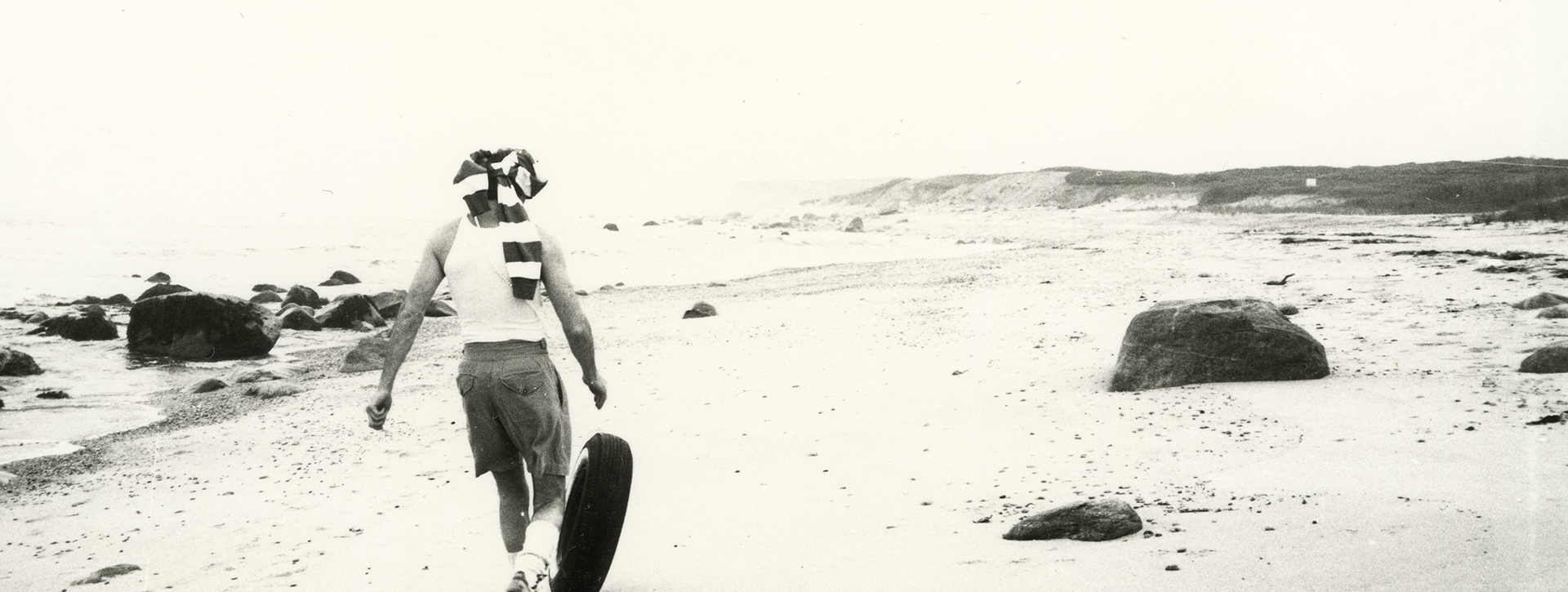Andy Warhol's Polaroids
In 2008, The Luther W. Brady Art Gallery received a gift from the Andy Warhol Foundation for the Visual Arts as part of the Photographic Legacy Project. The gift consisted of 152 photographs, both 4x6 inch Polaroids and black and white photographs from 33mm negatives. The photographs are just a fraction of hundreds of thousands of photographs that Andy Warhol took between 1971 and his death in 1987. The photographs reflect Warhol’s fondness for documenting his daily life, including his travels, romantic partners, social outings, inanimate objects and preparations for commissioned portraits.
It is not clear if Warhol meant to share these photographs with the general public or if he considered them artworks in their own right. They are quite possibly an extension of his diary, meant to remind him about things he did and places he visited. However, there is much to learn from the photographs in order to uncover narratives about Warhol’s life that have historically been ignored or erased due to homophobia and discrimination.
The camera that Warhol used to capture these photographs was the The Polaroid "Big Shot" Camera. The Big Shot camera was one of the most unique Polaroid cameras ever developed because of its singular use - to shoot portraits. The Polaroid technology -- and later the Polaroid Company -- was developed by Edwin H. Land after his daughter asked him why she could not see the photo Land took of her right after it was taken. He then invented what we know now as instant printing Polaroid photographs. Warhol was not the only one who used the Big Shot and other instant photograph cameras but other artists did too such as David Hockney and Ansel Adams. The Polaroid Company filed for bankruptcy in 2001, but has emerged once again over the past twenty years as people return to the desire for an analog image they can touch in an increasingly digital world.
The Big Shot camera has an eccentric and long shape, which extended the lens in order to frame the bust of a sitter. Warhol said that the Polaroid frames the person just right. In preparation for a commissioned portrait, Warhol would take about 200 photos. Then, his assistants would lay them out on a table and Warhol would choose the images that he liked best. In other instances, he would use the Polaroid to capture pictures of things he liked.
Image: Andy Warhol, Jon Gould (detail), 1982, black and white photograph. P.08.6.125.Gift of the Andy Warhol Foundation for the Visual Arts, 2008. © The Andy Warhol Foundation for the Visual Arts, Inc. / Licensed by Artists Rights Society (ARS), New York


